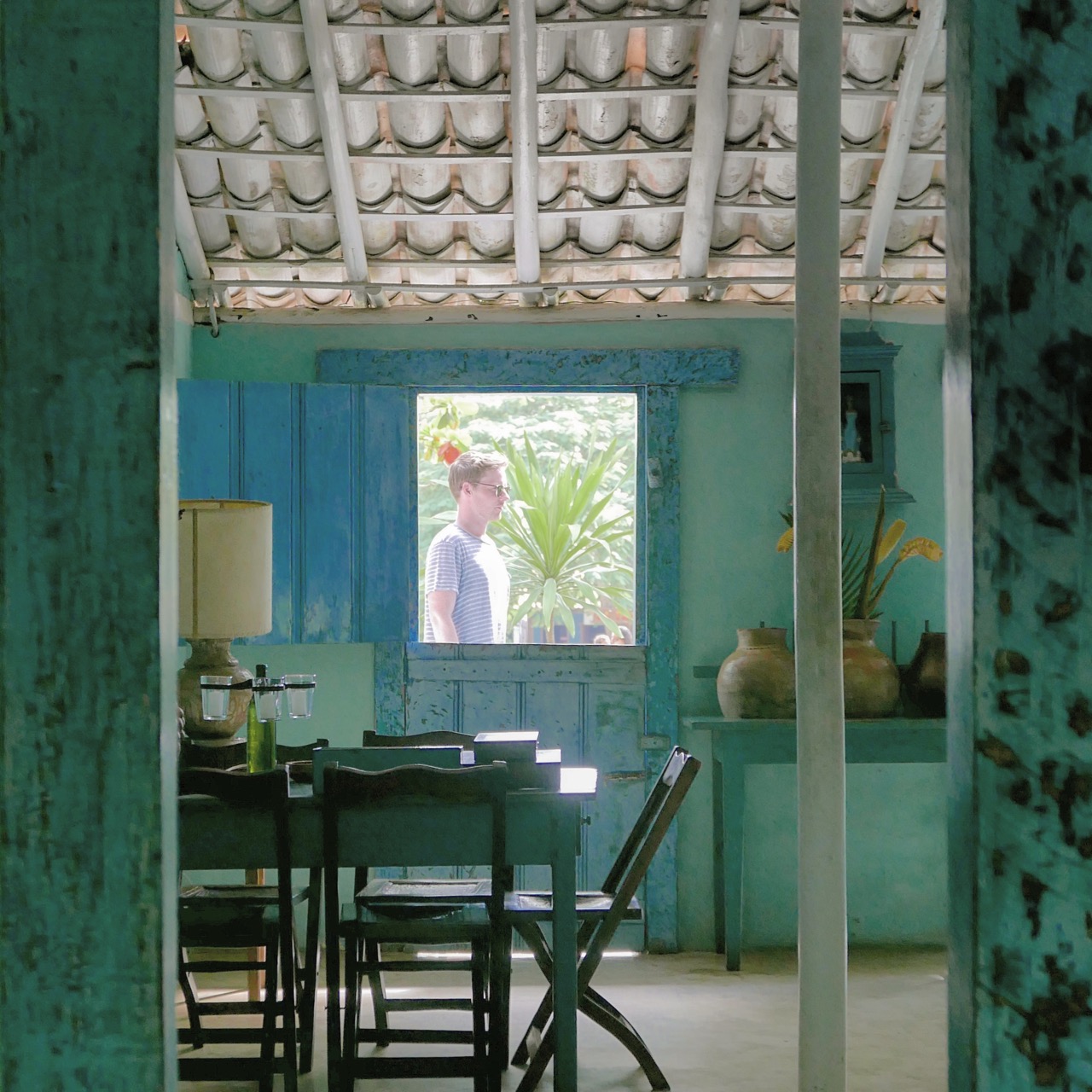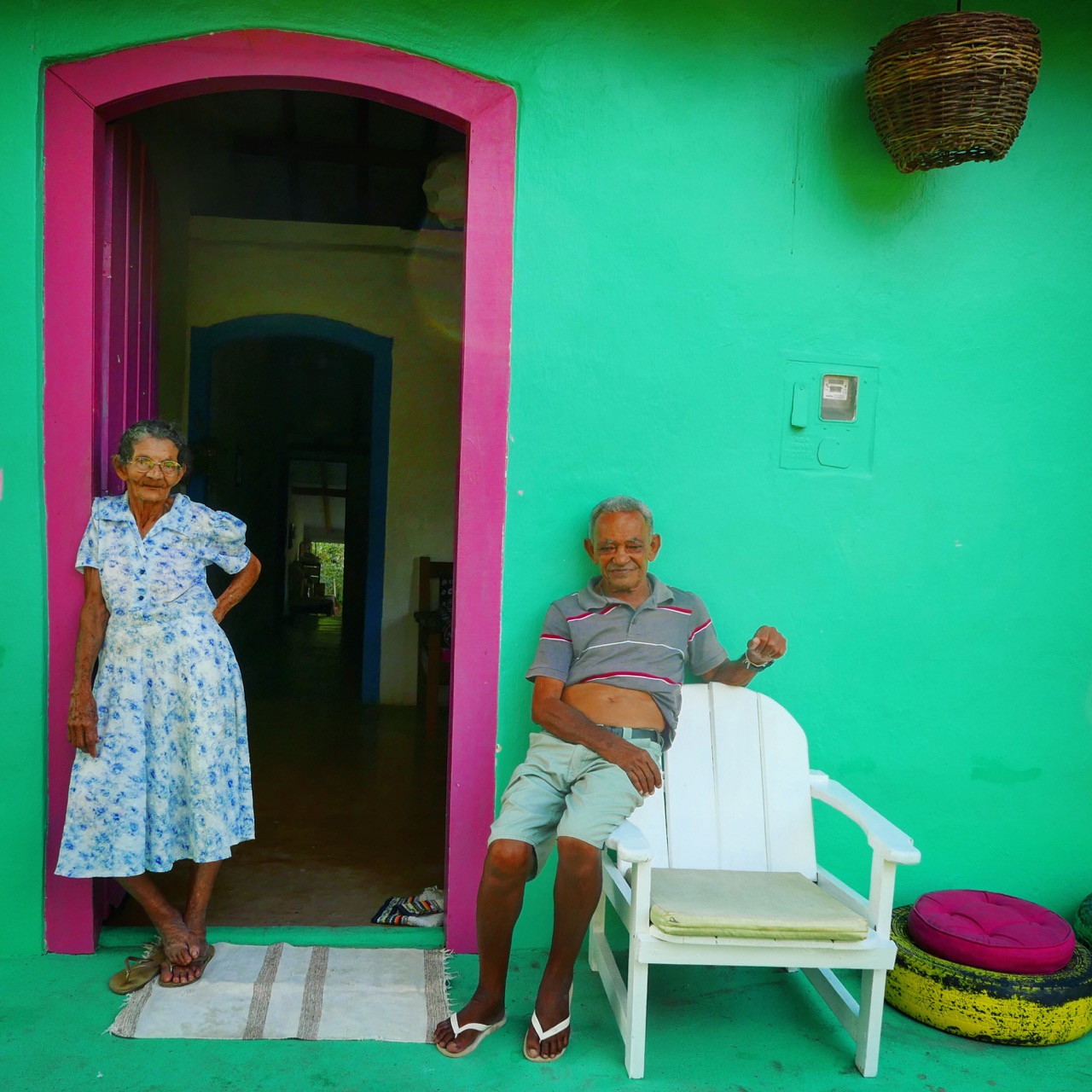Yes, This Is a Luxury Hotel
/High-thread-count sheets, bedroom-sized bathrooms, obsequious staff handing out Evian-misted beach towels, lobsters flown in from distant shores, and the local populace kept at a distance. That was once the definition of a luxury hotel. Today—and not a moment too soon IMHO—the leading edge of luxe is all about a connection to the place (and the people), the use of local art and materials, and access to unique experiences.
The concept of luxe is in flux and its leading edge is all about a connection to the place.
To wit, my recent all-too-brief weekend stay at UXUA Casa Hotel and Spa, in Brazil’s lush and lovely northeastern Bahia province. Seven years ago, hoteliers Wilbert Das and Bob Shevlin abandoned the glam life of design (Das was the creative director of Italian fashion house Diesel) to open a hideaway that if not quite humble, is certainly discreet in its ostentations. The property fronts a historical quadrangle of colorful and historic fishing huts anchored by a 500-year-old church in Trancoso, within a UNESCO-designated swath of coast. The duo kept the historic facade, made friends with the local neighbors, joined the civic association, and hired local artisans to restore five antique houses and create five others using traditional materials. They also invested in the local culture, supporting a school of capoeira—a Bahian martial art/dance—and hiring the school's head instructor full-time to provide free daily classes to local children as well as offer lessons to guests.
To be clear, the guest’s “casa,” at upwards of $600 a night, is swankier than the neighbor’s, with spacious rooms, robes-and-slippers accoutrements, turn-down service, and lovely public spaces such as a pool and library. But, unlike the luxury hotels of yore, the owners are not afraid to let the outside in: windows are flung open during the day (though shut and climate-controlled at night), the cooking aromas waft over from home hearths nearby, as well as the dog barks and occasional arguments. And the old salts sit on the benches bordering the outdoor restaurant and tell stories or break into bits of song. “Many luxury hotels don’t connect with a place, and they separate the guests from the locals,” notes Das. “We had a different idea. And our guests—a self-selecting group—love it.” Even celebs, who can hardly be blamed for seeking separation from the hoi polloi, don’t seem to mind rubbing elbows with the locals. Jessica Alba, Beyoncé, and others have come; CNN’s Anderson Cooper notably ended up buying a house (which Das designed and the hotel rents out).
As I found out attending the trade show TravelWeek by International Luxury Travel Mart in São Paulo earlier this month, the concept of luxe is in flux. Things were the old luxury. Time, experiences, local connections, and a commitment to sustainability are the new luxury. The Belmond Copacabana Palace is a another good example. "It went from a classical and formal Louis XV concept to having more local and looser Brazilian and Rio de Janeiro elements,” notes Guilherme Padilha, president of the Brazil Luxury Travel Association. Many of the trade group’s members throughout the country are beginning to embrace this new luxury, including the Hotel Unique, Cristalino Lodge, Txai, Refugio Caiman, Vila Naiá, and Casa Turquesa.
Photos © Norie Quintos





